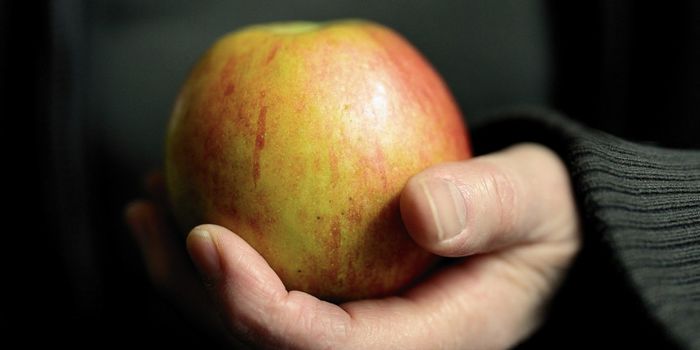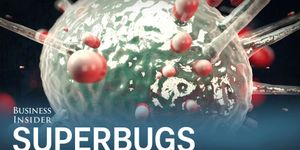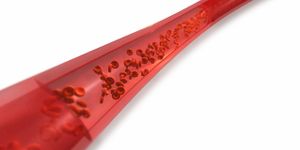The most intricate man-made origami structure may pale in comparison to the body’s natural origamis: 3-dimenstional proteins. The folding of amino acids in specific arrangements create highly sophisticated proteins in composition, structure, and also function.
When this orchestrated process goes right, human biology is a well-oiled machine. However, when the folding is off even for just a little bit, the results can be devastating. In the case of Huntington’s disease, the huntingtin protein is misfolded causing the proteins to clump in the brain. These turn into toxic clusters that interfere with the function of neurons and leading to the mental and physical decline in patients.

The neurodegeneration is progressive and fatal, with no cure yet available. But now, scientists at the Gladstone Institute may be on the verge of a therapeutic target that could
reduce the toxic protein clusters in the brain. The results are promising in mice, and if it works in human too, this could be the first treatment option that would alter the course of Huntington’s disease.
The key to stopping misfolded huntingtin protein from clumping appears to involve a protein modification, known as phosphorylation. This process adds a chemical tag on proteins that "… helps control how proteins fold and the systems in cells that clear proteins," explained Steve Finkbeiner, who led the investigation at Gladstone.
By adding a phosphorylation tag on a specific amino acid residue on the protein (Serine 421), Finkbeiner’s team showed that the course of Huntington’s disease in a mouse model was positively altered.
"I was shocked at the profound effect phosphorylation had on the Huntington's model mice," said Ian Kratter, first author of the study. "They showed few signs of the motor dysfunction, depression, or anxiety that are characteristic of the disease. In most of our tests, they were virtually indistinguishable from healthy mice."
How does phosphorylation of the protein protect against the progression of Huntington’s? The team thinks this chemical modification seems to correct the misfolding to a certain degree, enough so that they don’t clump together and neurons can more easily get rid of these proteins in the brain.
"This is exciting, because a lot of the work we've done points to these protein removal pathways as being important not only for Huntington's disease, but also for other neurodegenerative disorders. Understanding how phosphorylation links to these pathways could help treat several different brain diseases,” said Finkbeiner.
Among the next big challenges is finding finding a drug that can either trigger phosphorylation of the protein, or mimic its effects.
Additional source:
Gladstone Institute press release









